Lucid’s most accessible sedan, EV-swap your vintage 911, Bronco Sport’s new off-road package
Meet Lucid’s first car under $100K
Intake: Ahoy, fans of California EV companies whose CEOs didn’t just buy a major social media company: Your sub-$100K electric sedan is here. Lucid just announced details for two additional trim levels of its Air sedan, bringing the family to completion with five total members. The Pure and the Touring announced today are the most accessible models. (From there, you’ll step up to Grand Touring, then Dream Edition, then the mind-bending Sapphire.) Though the Pure will be offered in rear-wheel-drive, single motor spec with a price tag under $80K sometime later in 2023, today we meet the all-wheel-drive, dual-motor variant. It’s distinguished by an aluminum roof—the higher trim levels that Lucid led with all have a Glass Canopy, which is pretty much what it sounds like—and a cow-free interior.
Both the AWD Pure and the Touring use the same battery pack—the 18-module Long Range one—and two motors, one on each axle, but the Pure’s EPA-estimated range is 15 miles lower than the Touring’s (410, vs. 425). The latter trim is distinguished by a cabin upholstered with genuine leather, and the availability of the glass roof (for $4500 extra) and DreamDrive Pro, a shocking $10K upcharge. The “Pro” denotes the more advanced suite of driver-assist tech, which, since it requires no additional hardware beyond the 32-sensor array standard on the car, can be “installed” by Lucid via an over-the-air update post-purchase, if you so choose. (Just know that, if you order a Touring right this second, you’re locked in for DreamDrive Pro. Wait till Q1 of next year to order if you can live without highway assist and blind-spot view.) Finally, output: The Pure generates 480 hp, the Touring 620.
Exhaust: As Lucid announced the two most affordable trims in the Air family of electric sedans, it quietly dropped a mike on aerodynamic engineers everywhere: The Air’s 0.197 drag coefficient. Mercedes’ EQS was the reigning champion of the production-car realm, with truly remarkable cD of 0.20 if you specced the right driveline and wheels. If you’re truly set on maximizing range, you’ll know that this jelly-bean silhouette, plus small wheels with the flattest possible surfaces, is the new look of performance, as defined by range. If you want the big rims, check Lucid’s spec sheet before boasting to your friends: On a Grand Touring model, the 21-inch rims cost you 47 miles of range (469, EPA-rated, down from 516 with the 19-inchers). — Grace Houghton
This Lancia Hyena Zagato is no laughing matter
Intake: In the early Nineties the Lancia Delta Integrale-based Zagato-designed Hyena cost as much as a Ferrari 348, so it’s perhaps no surprise that despite planning to build 600 examples, the company only assembled 24. Now one is for sale at Girardo & Co in the U.K. On top of the base Integrale chassis, the aluminum bodywork was hand-formed and featured a classic Zagato double-bubble roof, a droop snoot, and faired in headlamps. Under the hood the two-liter turbo motor benefitted from a gas-flowed cylinder head and a tubular exhaust manifold to lift power to just over 300 hp, while it was also more than 400 lbs lighter than the Integrale. This 1991 example has been further fettled with a Garrett GT28 turbo, Koni Yellow sports dampers and a remap. Price is available upon application.
Exhaust: The Hyena was the brainchild of Dutch Lancia importer Paul Koot who thought there would be a market for a relatively affordable Zagato-bodied compact coupe, just like the Fulvia that came before it. Koot tried to negotiate getting the rolling chassis from Lancia, but ended up having to purchase complete cars, which pushed the price of the project well north of what he’d hoped for. Then, just as Koot had production running, Lancia axed the Integrale leaving him high and dry. It’s a crying shame because the Hyena was no laughing matter when it came to style and substance. – Nik Berg
British firm announces drop-in kits electrify the E-Type, 911, and Defender
Intake: A range of new kits aims to “future-proof iconic models for the age of low-carbon motoring,” according to British electro-mod firm Electrogenic. Converting combustion powered classics to run on electricity is just a case of removing the old oily bits and inserting drop-in components, and the kits will be sold available globally in due course. Comprising battery packs, management systems, printed circuit boards, digital dashboards, charging tech, and electric motors, the kits require no body modifications, so they are—in theory—reversible. Electrogenic’s kits are designed for the pre-2016 Land Rover Defender, the Jaguar E-Type, and the G-body and 964-era Porsche 911, and would take an experienced team around 10–15 days to install.
Defender converters have a choice of 62, 70, or 93 kWh battery packs mated to a 120-kW motor that drives through the Defender’s four-wheel drive system and even keeps its low range gear for off-roading. Driving range is between 120 and 150 miles according to battery size. For the Jaguar E-Type, Electrogenic offers three batteries sized at 43 kWh, 48 kWh, and 62 kWh to allow distances of 200-plus miles to be covered on a full charge. Two motors of 120kW or 150 kW can be fitted, the swiftest of which will dispatch 0-60 mph in less than five seconds. The Porsche 911 packs a 62 kWh battery for a claimed driving range of over 200 miles, whether fitted with a 160 kW motor or a fearsome 240 kW unit which can reach 60 mph in 3.8 seconds. Information on pricing and international partners will follow soon.
Exhaust: Having visited Electrogenic’s workshop and design center, and driven a Porsche 356 converted by the company, we were impressed with the firm’s engineering and attention to detail. However, no matter how high the standard of the components in the kits, success will ultimately be down to whoever installs them. — NB
Black Diamond Off-Road package bolsters middling Bronco Sport trims
Intake: Ford announced a new off-road package for the Big Bend and Outer Banks versions of the 2023 Bronco Sport. The Black Diamond off-road package will add steel bash plates to the underside of the vehicle in key areas—a front bash plate, a plate for the fuel tank, and a one other plate to guard rear driveline components. Spring for the package, and you’ll also get 17-inch low-gloss aluminum wheels with 225/65 all-terrain tires that feature a chunkier tread pattern for added off-road grip. The package also adds a matte black hood graphic and lower bodyside graphics to help you stand out from the crowd. The package will add $1295 to either trim. The Bronco Sport Big Bend starts at $32,525 including destination, and the Bronco Sport Outer Banks begins at $36,460.
To further the Bronco Sport’s off-road credentials, Ford will give every Bronco Sport owner and order-holder complimentary access to its Bronco Off-Roadeo experience. The offering begins on 2023 model-year vehicles. Bronco Off-Roadeo is a boots-on-the-ground event meant to help educate and familiarize Bronco and Bronco Sport owners with what their machine can do when the blacktop ends. The Bronco Off-Roadeo is currently held at four locations: Horseshoe Bay, Texas (near Austin); Mt. Potosi, Nevada (near Las Vegas); Moab, Utah; and Gilford, New Hampshire.
Exhaust: When we first reviewed the 2021 Bronco Sport, we found that the Badlands was still the version to get due to its entirely different engine (a 2.0-liter turbo four vs. a 1.5-liter turbo three-cylinder in any lower trim) and a host of other mechanical upgrades. That said, plenty of folks will be happy with some chunkier tires and the mildly expanded envelope of capability that the Black Diamond package will offer on these lower-tier versions. Expect this to be a popular option. — Nathan Petroelje
Study: Advanced driver-assistance features cut rear-end crashes in half

Intake: A new partnership study from the U.S. Department of Transportation and several automakers has found that front-to-rear crashes were reduced by about half when the striking vehicle was equipped with forward-collision warning and automatic emergency braking. The Partnership for Analytics Research in Traffic Safety, which was formed in 2018, includes General Motors, Toyota, Honda, Mazda, Nissan, and Stellantis. The study, conducted by nonprofit Mitre Corp., was based on vehicle equipment data for 47 million light-duty vehicles from the 2015–20 model years, and 12 million police-reported crashes across 13 states. The analysis, first reported by the Automotive News, found that front-to-rear crashes resulting in injury were reduced by 53 percent for vehicles with both forward-collision warning and automatic emergency braking equipped. In addition, “serious” front-to-rear crashes were reduced by 42 percent in vehicles that featured that technology.
Exhaust: The partnership called the analysis of advanced driver-assistance systems in passenger vehicles “the largest government-automaker study (of its kind) to date,” and considering the breadth of data—47 million vehicles and 12 million crashes—it’s hard to argue otherwise. With that said, two automotive giants are conspicuous in their absence: Ford Motor Company, which has agreed to be part of future studies, and Tesla, whose Autopilot driver-assist system is under federal investigation. Regardless, the study affirms what most of us likely knew already: advanced driver-assistance features work, perhaps even better than automakers anticipated. — Jeff Peek
Cummins, Tata teaming up on hydrogen-powered engines

Intake: U.S.-based Cummins said it has signed an agreement with Indian automaker Tata Motors, the parent company of Land Rover and Jaguar since 2008, to develop hydrogen-powered internal combustion engines, as well as fuel cells and battery electric vehicle systems for commercial automobiles in India, says Reuters. Several automakers, including Tata Motors, are aggressively shifting towards greener forms of energy for their vehicles as they try to reduce their dependence on fossil fuels, Reuters says, with India targeting net-zero carbon emissions by 2070.
Exhaust: Indiana-based Cummins is best known for its diesel engines, but they make a lot of other products, too, including commercial natural gas-powered engines. With their research capability and Tata’s capital, as well as its multiple outlets, we could see something big happen here sooner rather than later. Remember where you read that first. — Steven Cole Smith

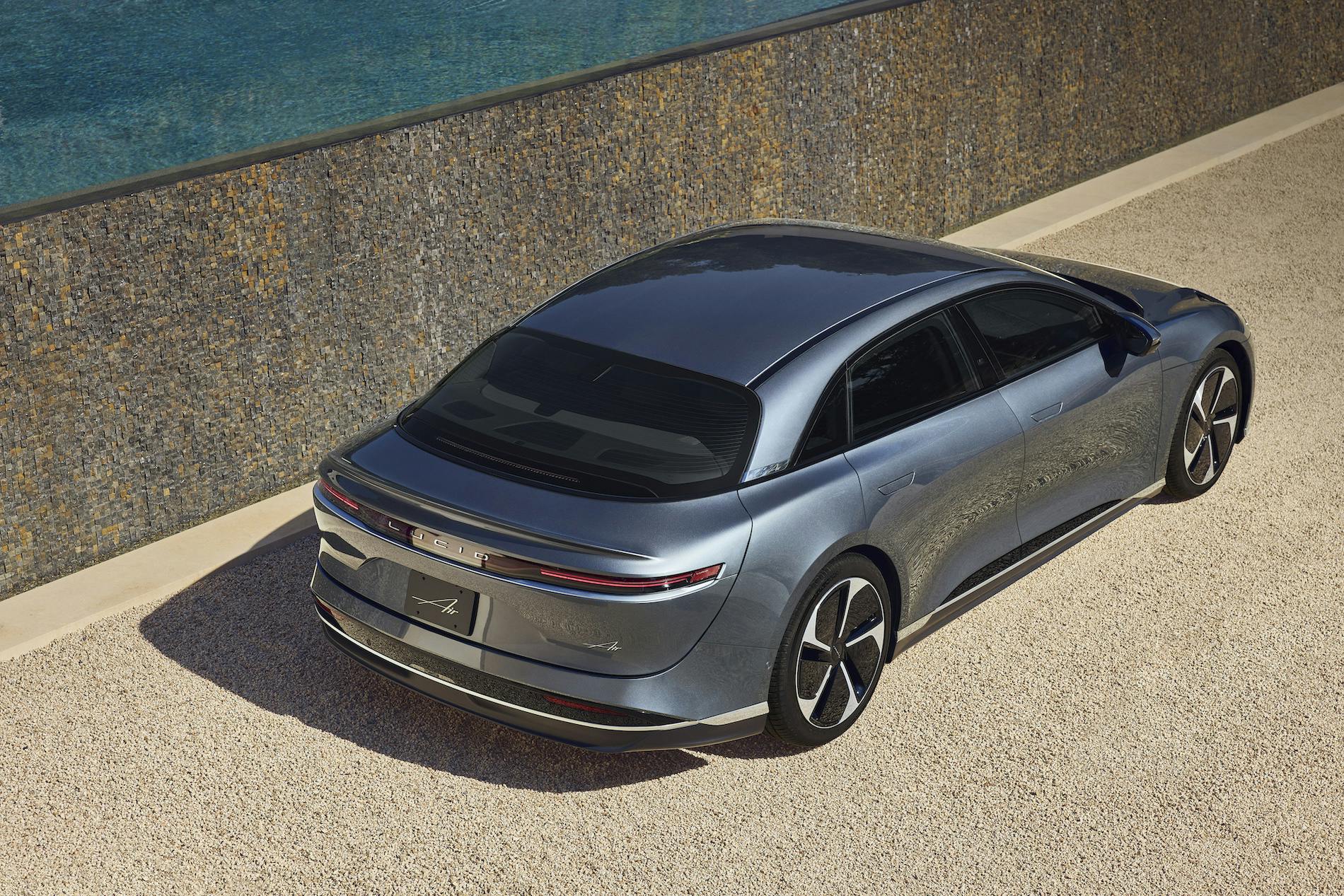

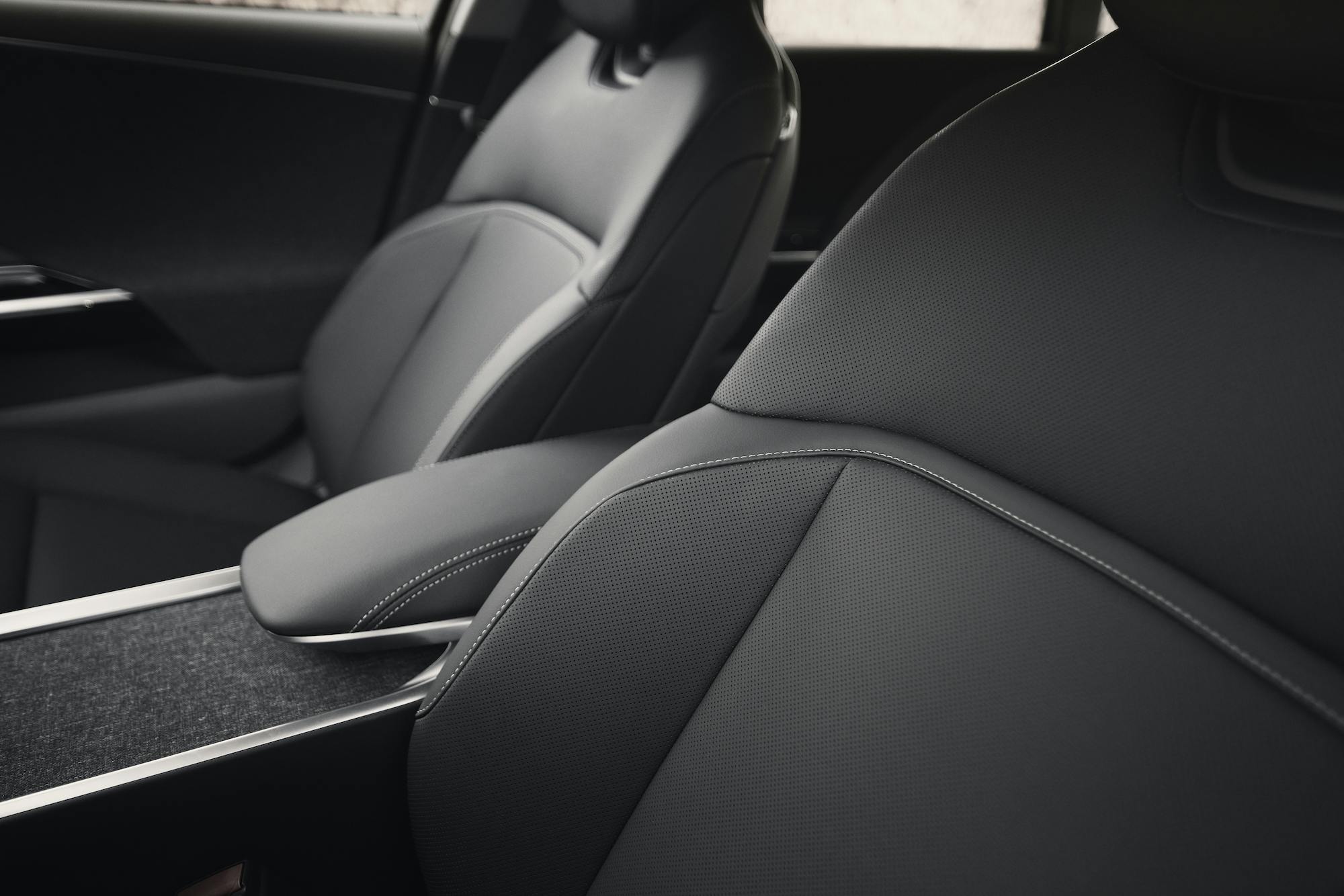



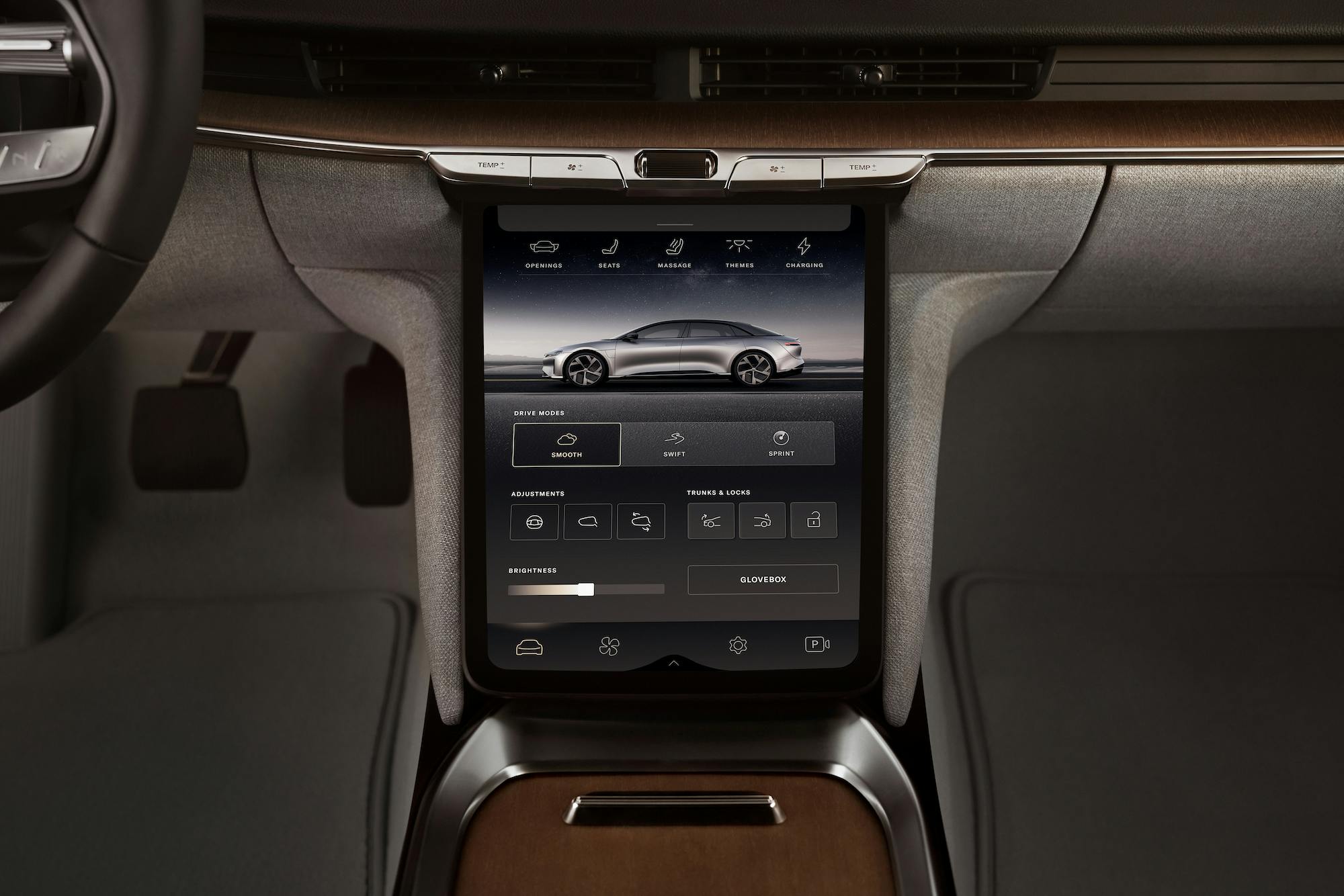
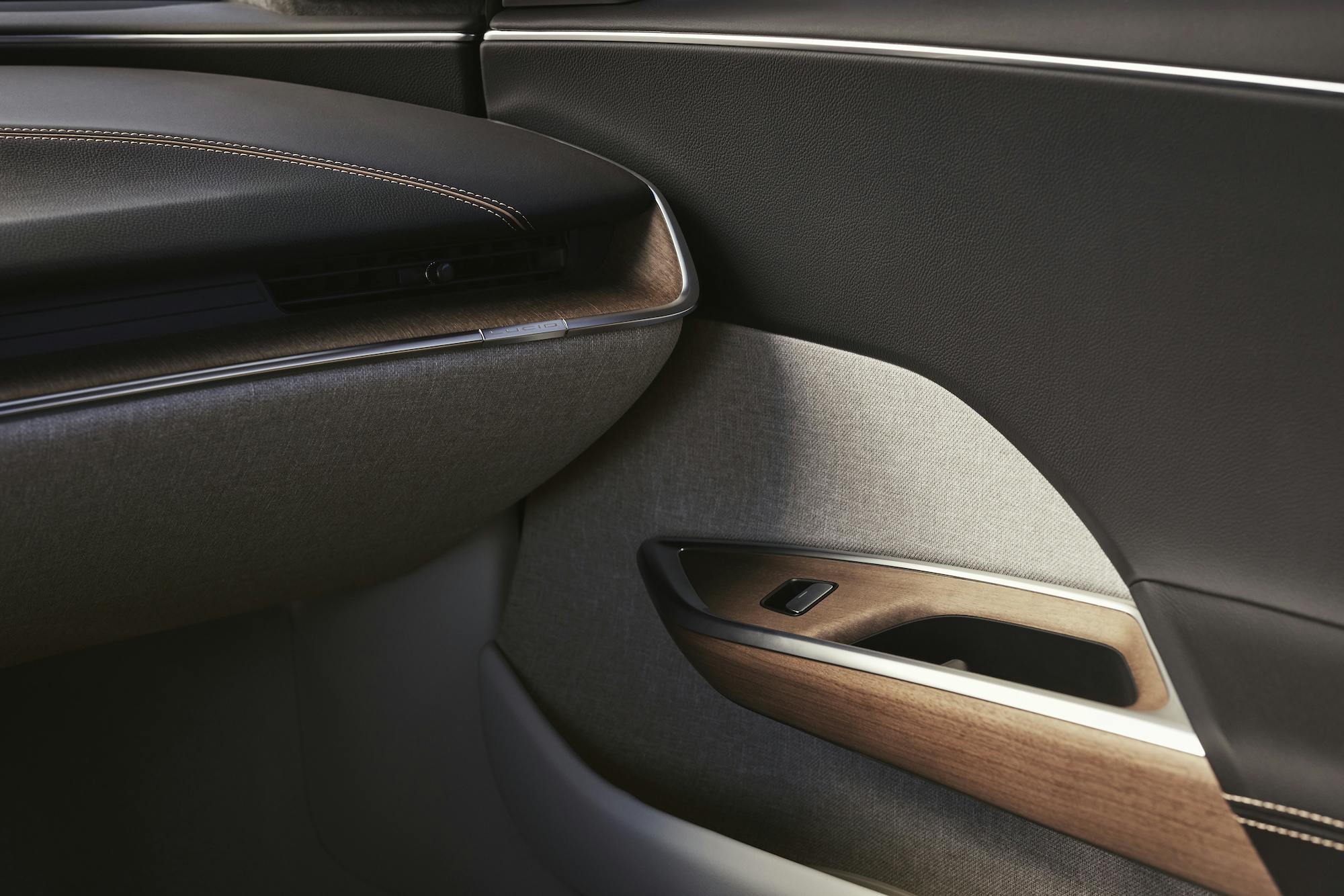
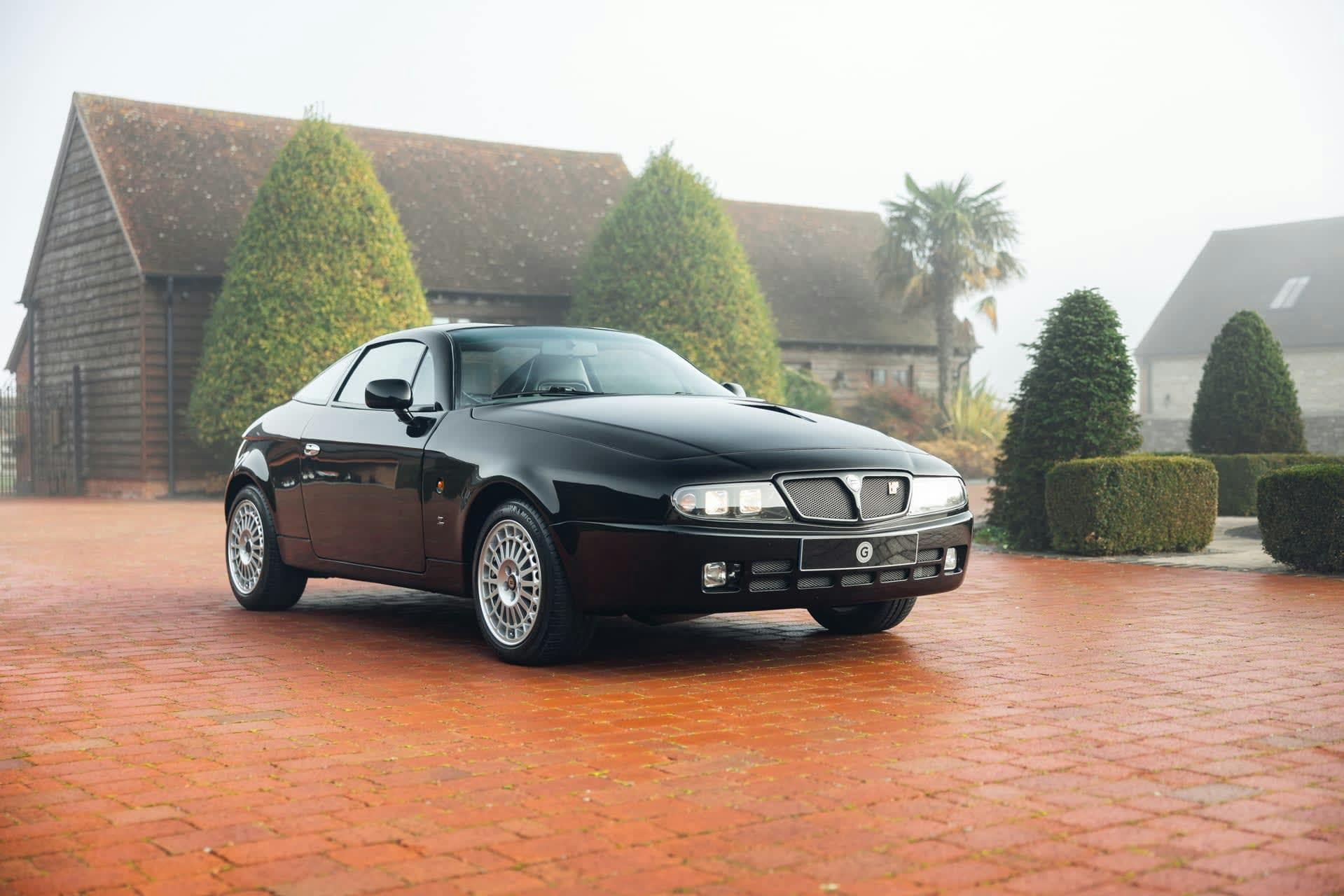

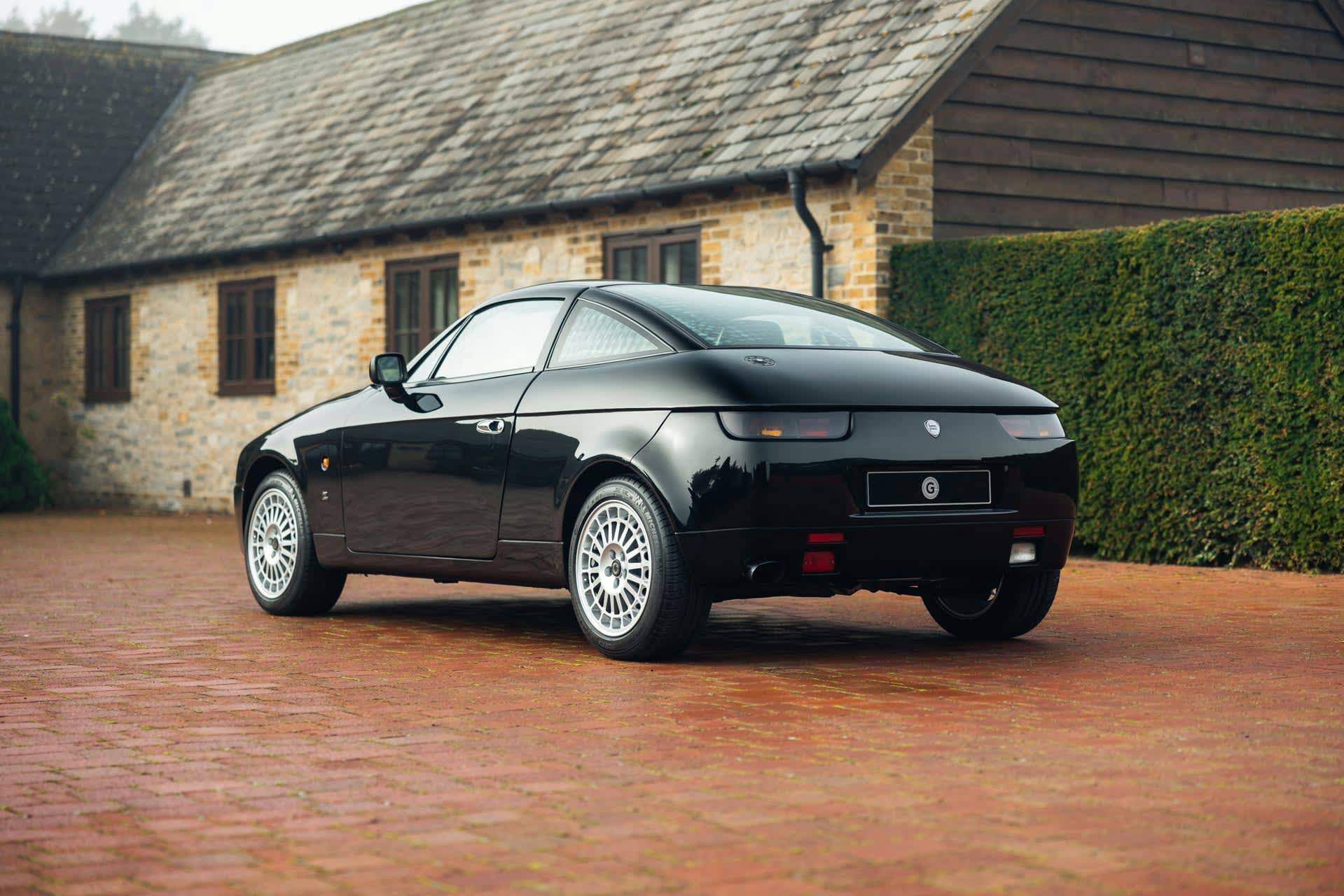
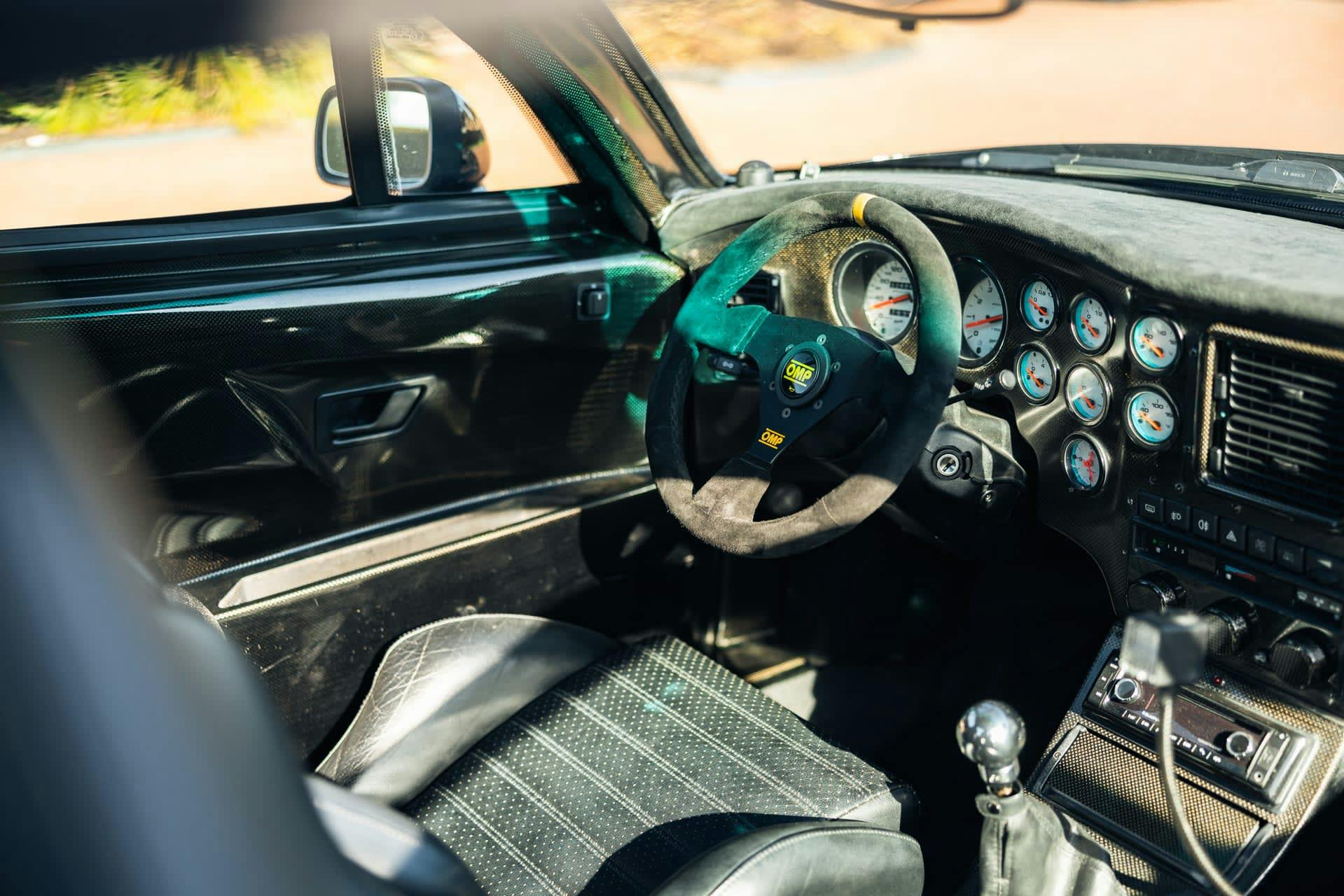

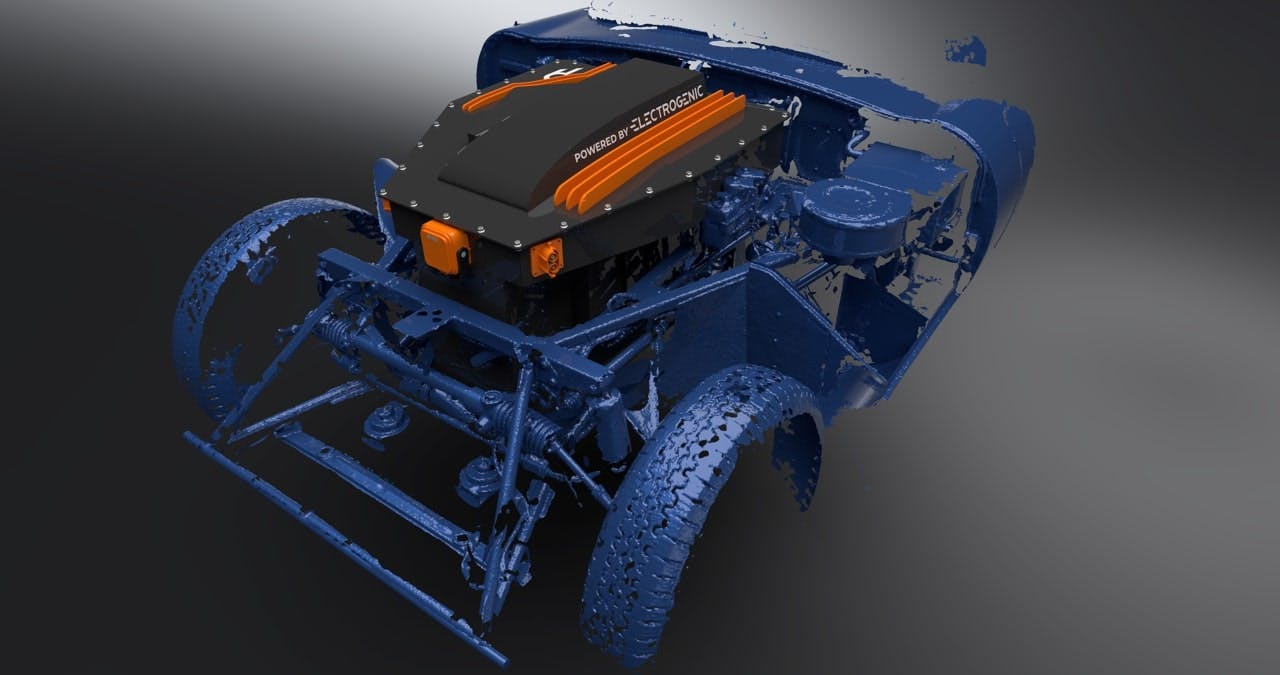
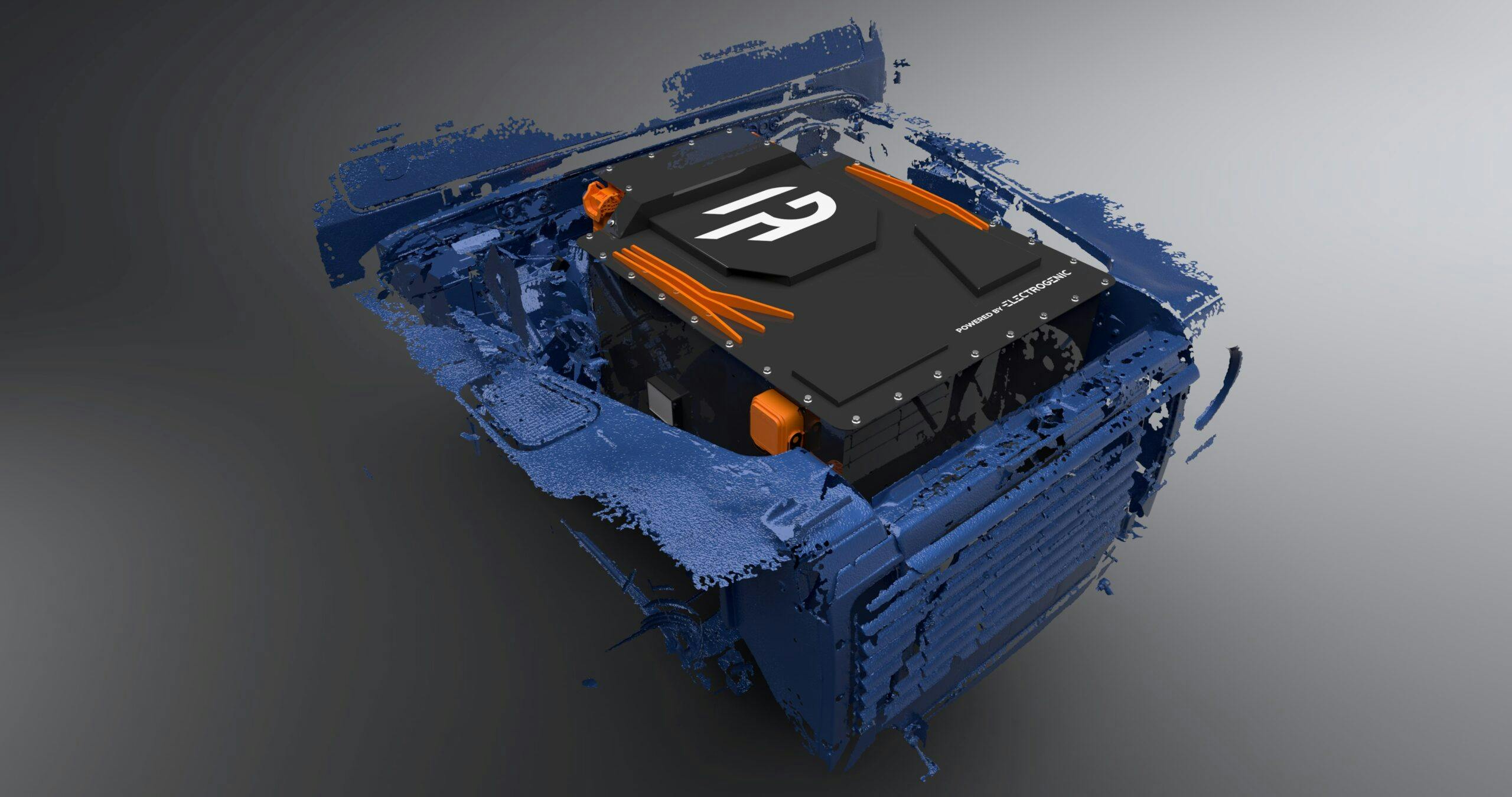

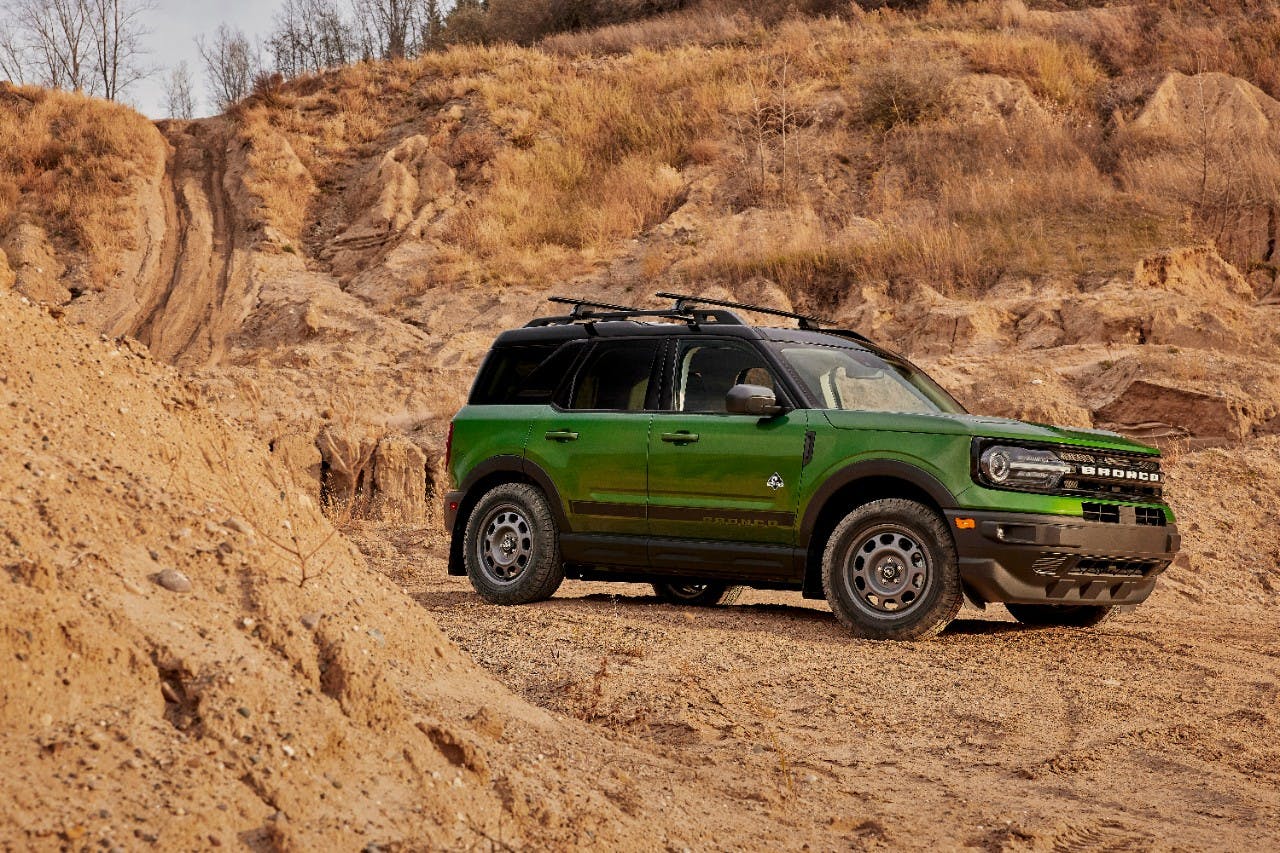
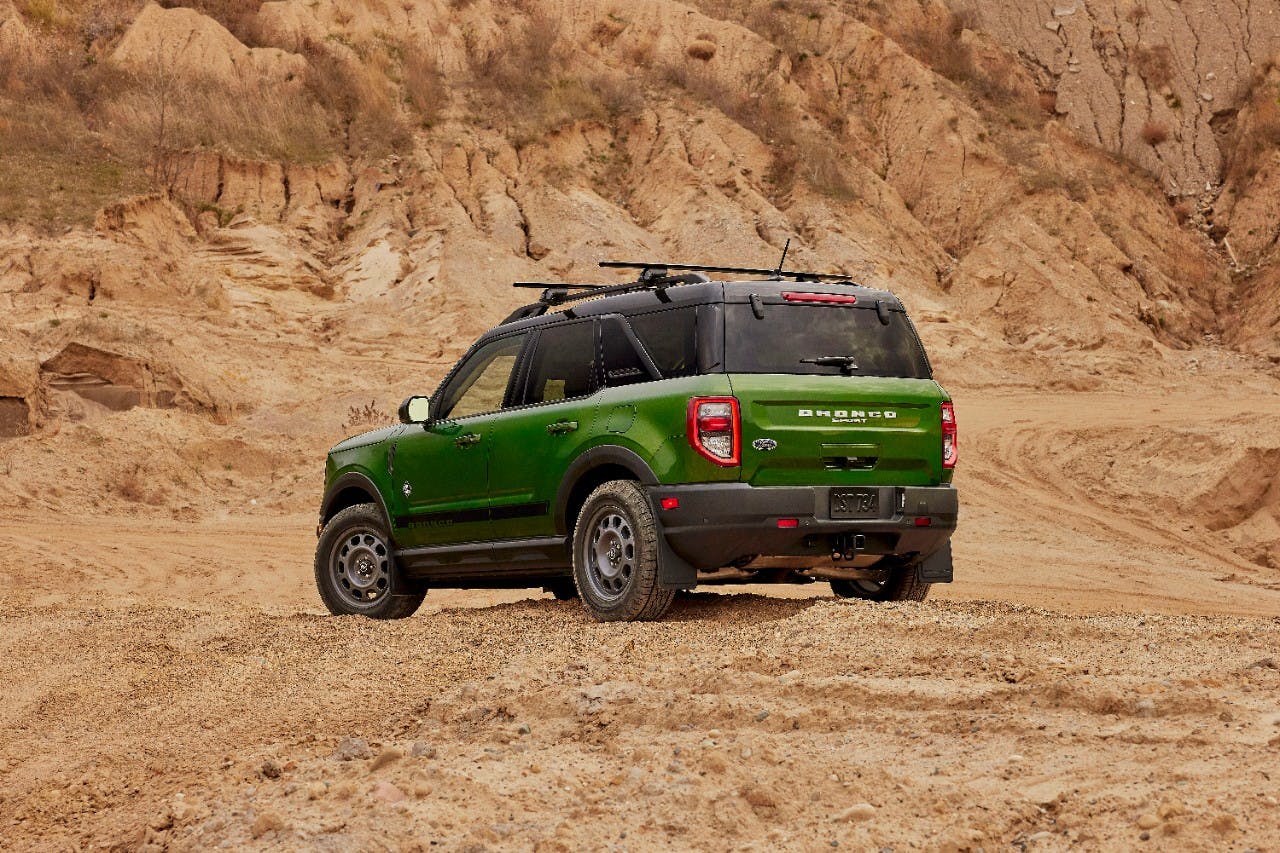
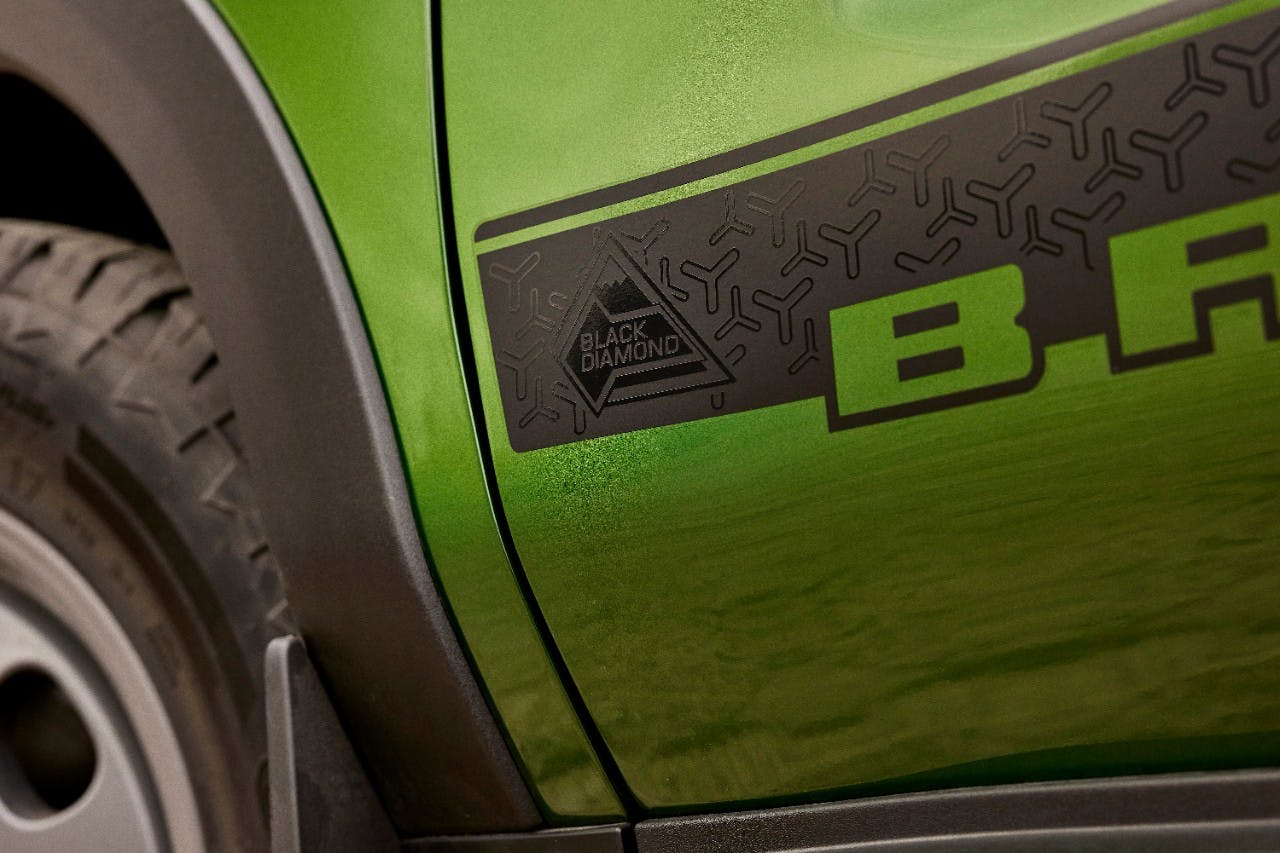
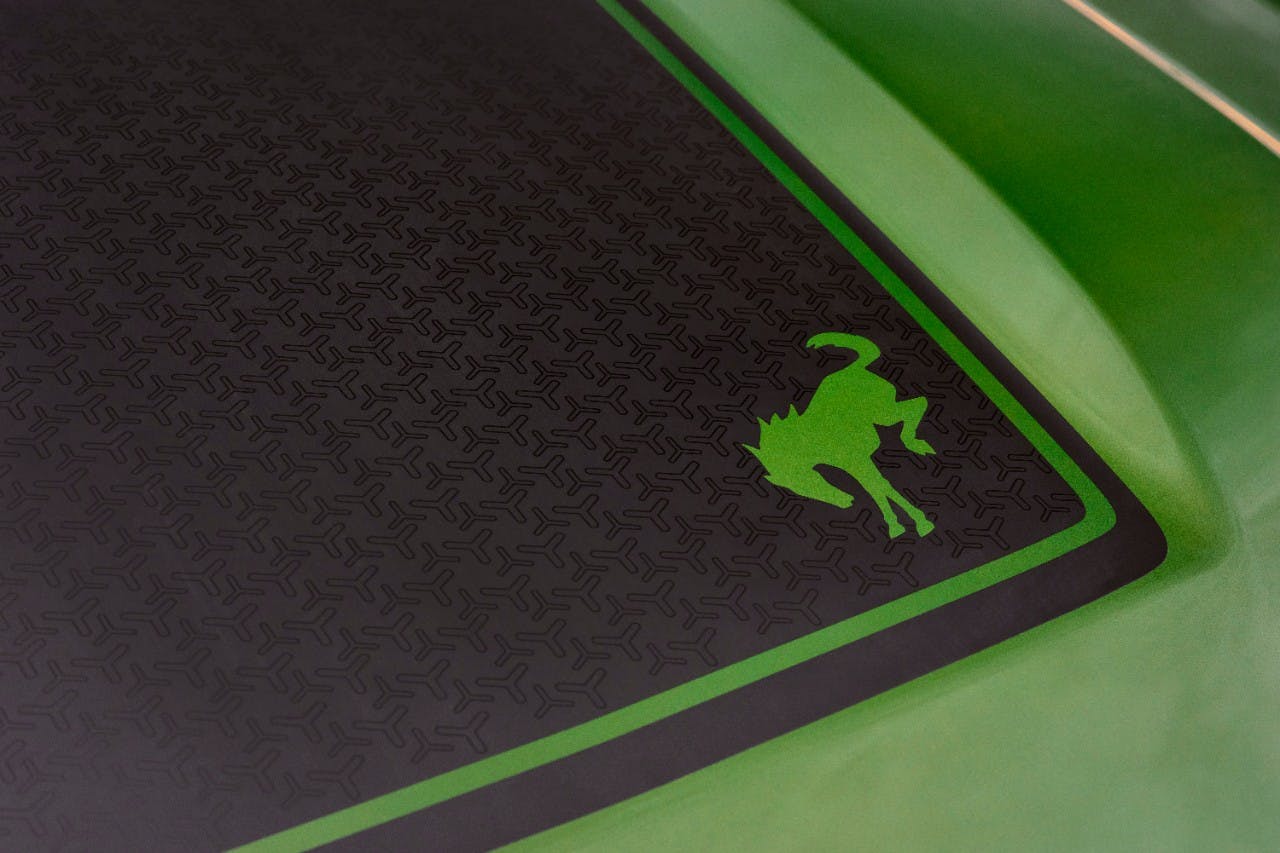


How do you throw out the EV drop in engine story with not a single mention of price?
The Lancia Hyena Zagato is just ugly. That’s kind of a Zagato thing.
Screw the EV drop in motors, bet it costs a bunch and that is before the labor to install it.
Cummins and Tata, Wishing you success on your work.
British firm announces drop-in kits electrify the E-Type, 911, and Defender – NO, Seriously? Raping and killing a living, breathing 911 by electrifying it? Yeah, right about the time I traded-in a porterhouse steak, and a baked potato on a slab of tofu and a electronic enema bag.
“Driver assist features cut rear-end crashes in half”, so does paying attention while driving.
*Like*
Like a lot!